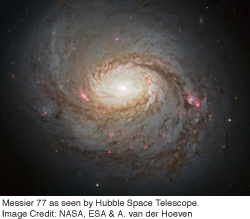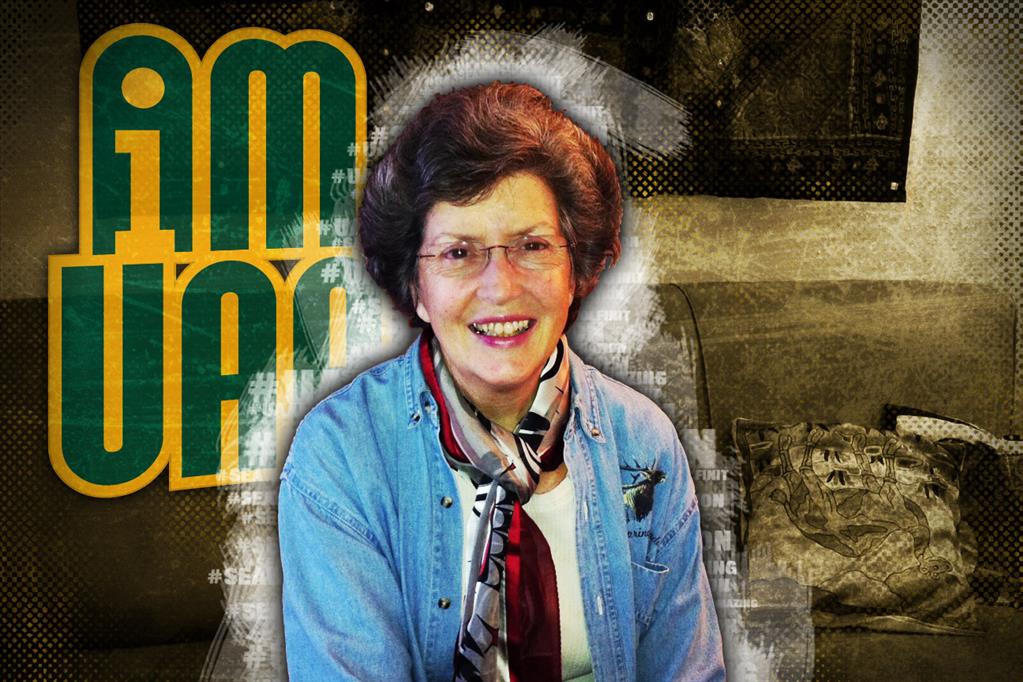'The Role of Supermassive Black Holes in Galaxy Evolution,' March 29
by Michelle Saport |
 Friday, March 29, 10 a.m.
ConocoPhillips Integrated Science Building, Room 220
Friday, March 29, 10 a.m.
ConocoPhillips Integrated Science Building, Room 220
Erin Hicks, University of Washington, presents a free seminar, "The Role of Supermassive Black Holes in Galaxy Evolution," in the UAA Planetarium. This will be an academic presentation lasting approximately one hour, with limited first-come, first-served seating. Please note that this event will not include a full-dome planetarium show.
Abstract: Our theories of galaxy formation and evolution have undergone a dramatic transformation in recent years due to the discovery that all galaxies harbor a supermassive black hole at their centers, and that the masses of these black holes are correlated with properties of their host galaxies on the largest scales. However, despite this significant step forward in our understanding, we still do not yet know what processes actually dictate black hole growth or how they provide a link between the evolution of the black hole and host galaxy. I will discuss my current research addressing this issue, which involves a study in unprecedented spatial resolution of the central regions of galaxies with actively growing supermassive black holes as well as those with black holes in a quiescent state. Through this characterization of the stars and gas in the vicinity of these black holes, the first constraints on their masses and the processes dictating their growth are obtained.
I will also discuss how hydrodynamical N-body simulations are being utilized to interpret the complex motions of the stars and gas and determine critical quantities such as inflow rate of gas toward the black holes. These models, constrained by the observations, also provide a means to gain insight into what role these supermassive black holes play in galaxy formation and evolution.
 "'The Role of Supermassive Black Holes in Galaxy Evolution,' March 29" is licensed under a Creative Commons Attribution-NonCommercial 4.0 International License.
"'The Role of Supermassive Black Holes in Galaxy Evolution,' March 29" is licensed under a Creative Commons Attribution-NonCommercial 4.0 International License.














